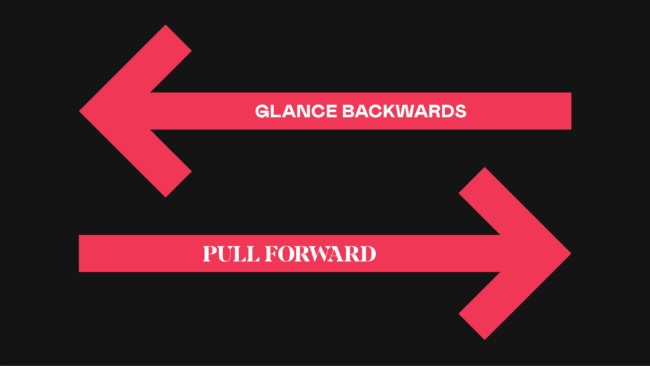
Over recent years, it’s become clear that sustainability is an increasing priority for consumers.
Expectations have shifted from ‘do no harm’ to ‘must create positive impact’, brands are judged by their core everyday actions. If they don’t push to transform their business into a sustainable one, they, more than ever, risk their bottom line. For many shoppers, purchasing a product now requires an alignment on ethical grounds.
Many brands have adapted to this mindset meaning sustainable thinking is no longer a niche – but a fundamental requirement.
And while sustainability’s focus has historically been on environmental impact, to maintain relevance in the current landscape, brands must now incorporate economic growth and social equity to appeal to consumers. Considering the fundamental role brands have in shaping cultures, a holistic approach that considers their purposes as well as how they portray the world and the environmental impact they generate, is necessary.
As consumers are aware of green-washing as well as purpose-washing, brands need to practice what they preach to earn the trust of their audience.
A great example of this is Patagonia, which just happens to operate in the outdoor clothing industry. In its own words: We aim to use the resources we have – our voice, our business and our community – to do something about our climate crisis. It leads the way by its actions, dedicating time and resources to improve the planet – and encouraging its stakeholders to follow suit.
Portraying diversity is ever more pertinent for every brand in the public eye. The Golden Globes and Hollywood Foreign Press Association faced recent backlash for their lack of diverse representation among members.
This rapid descent of a world-renowned non-profit and award ceremony shows how important it is for brands to ensure their representation, both visual and verbal, is always diverse. If businesses are to be sustainable in the long term, they need to ensure that they’re not tokenistic and that diversity is embedded throughout the business, not just externally.
Dove is known for championing diversity and encouraging body positivity in its advertisements. Its recent #ShowUS campaign brought together more than 10,000 images of women and non-binary individuals from around the world to display a more diverse and inclusive definition of beauty for all media and advertisers to use.
While the first focus for sustainable thinking is often on the environment, social sustainability is also important as it demonstrates that brands are considering the minority as well as the majority. In this way customers feel listened to and the brand can stand out among its competitors.
In recent years examples of this design for inclusiveness have come from the beauty industry. Actress Selena Gomez’ make-up line, Rare Beauty, was designed with inclusivity in mind – and not just in terms of its shade range, but also its packaging. As a Lupus sufferer, Gomez wanted the packaging to be accessible for people with arthritis (a common comorbidity of her condition), so the products incorporate a ball design on the top to allow easy opening.
In a more sustainable future, striving for un-stereotypical ideas –being vocal and acknowledging unconscious biases and stereotypes – is going to be an important aspect of how brands use their voice.
Maltesers UK’s #TheMassiveOvershare is part of Maltesers’ campaign focused on normalising postpartum struggles and encouraging mothers to break down the stigma around maternal mental health by sharing their highs and lows – fighting the fallacy and dangers of the perfect motherhood stereotype).
While sustainability is no longer solely focused on eco minded solutions, this remains an important aspect. Brands need to balance the booming e-commerce opportunity with sustainability, by implementing recyclable or reusable packaging and products.
Last Christmas, Primark gave its shoppers the opportunity to reuse their eco-friendly paper bags. With tear-away handles and base and festive red stripes, the bags transformed into the perfect wrapping paper.
With the pandemic giving people even more time and cause to consider their brand choices, it’s an important moment in time for businesses. Brands that will thrive will be those that meet consumer expectations: immersive brands that create a connected omnichannel experience and have sustainable thinking woven into their core.

